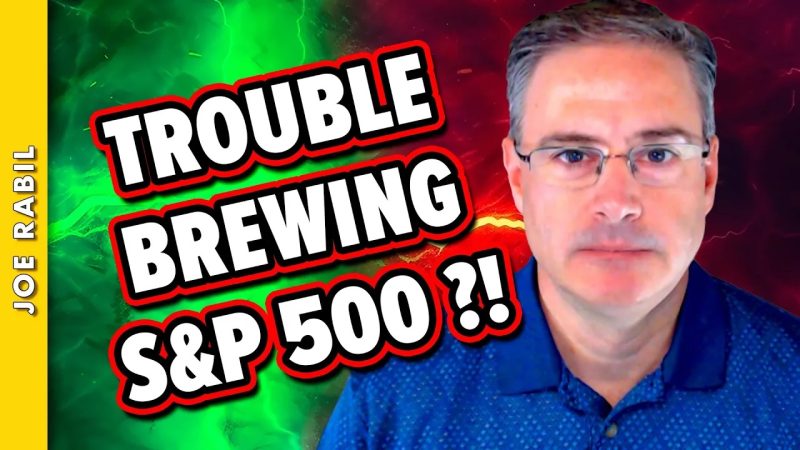The S&P 500 index is viewed by economists, investors, and financial advisors as an integral indicator of the health of U.S. markets. Being a composite of the top 500 publicly traded companies in the U.S., it does provide an extensive economic overview. However, it is essential to be cognizant of warning signs that could herald an impending S&P 500 downturn.
Historically, several signs act as early warning signals for a potential downturn in the S&P 500. First and foremost is the reversal of the yield curve. Usually, long-term bonds tend to yield more than their short-term counterparts, as investors expect a higher return for locking their capital for more extended periods. However, when short-term yields surpass long-term ones, it is known as an inverted yield curve. This has often been a precursor to a recession and, correspondingly, a drop in the S&P 500.
Secondly, analysts and investors need to keep an eye on the Consumer Confidence Index (CCI). This index measures how optimistic or pessimistic consumers are regarding the economy in the near future. When the index begins to dip, it indicates that consumers are losing trust in the economy’s prospects, translating to decreased spending and economic slowing. Such a decline could signal an impending downturn in the S&P 500.
Further, economist Hyman Minsky highlighted that any economy goes through periods of boom and bust, dubbed the Minsky Moment. During robust growth periods, companies and individuals tend to take on excessive amounts of debt. He asserted that these periods of economic stability could trigger a subsequent period of instability. Consequently, high levels of corporate debt can lead to instability, another warning flag for a possible downturn in the S&P 500.
The concept of the Shiller P/E ratio or price-earnings ratio based on average inflation-adjusted earnings from the previous ten years, introduced by Nobel laureate Robert Shiller, has historically been a useful tool to predict stock market crashes. A high Shiller P/E ratio indicates that the stock is overvalued and may be expected to correct or crash.
Another signal is an increase in market volatility. The Volatility Index (VIX), frequently deemed as the fear gauge, measures market risk and investors’ sentiments. A high VIX points to increased investor apprehension, which can precede a market crash.
Lastly, the sustainability of dividend payouts can hint at the S&P 500’s stability. If companies start reducing their dividends, it might be because they are experiencing cash flow issues or foresee bleak prospects. This cutback in dividends can indicate a looming downturn in the S&P 500.
Being alert to these signs can be instrumental in protecting oneself from the dire consequences of a potential downturn in the S&P 500. As the classic Wall Street adage goes, Bulls make money; bears make money; pigs get slaughtered. The key takeaway is not to get greedy but to apply sound judgment in analyzing the warning signs that the financial world throws at us. Always remember, adequate preparation prevents poor performance, especially in the financial sector.




